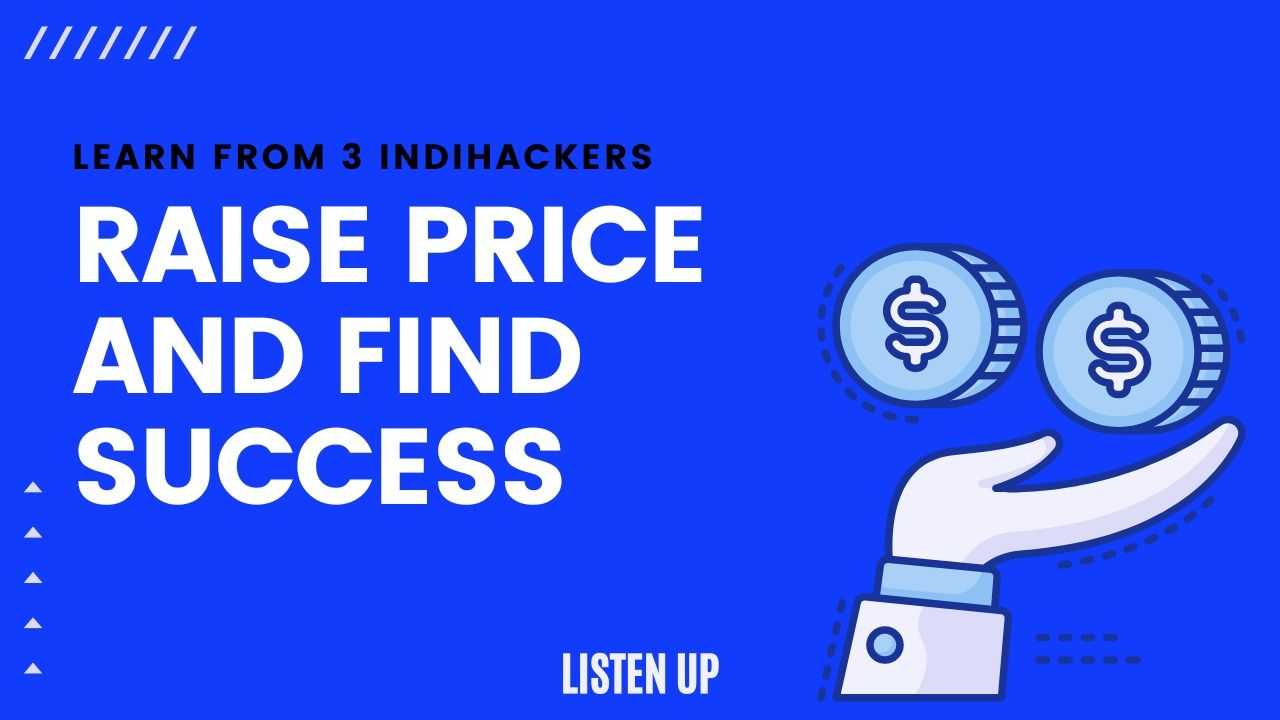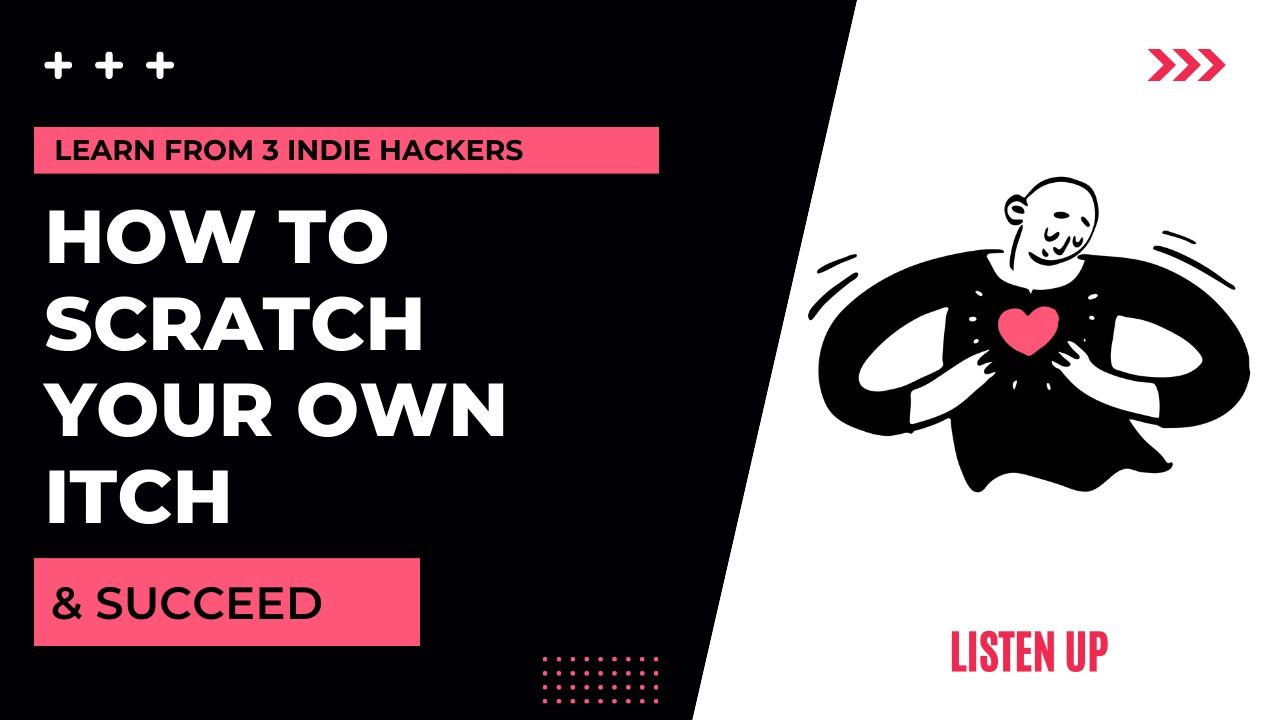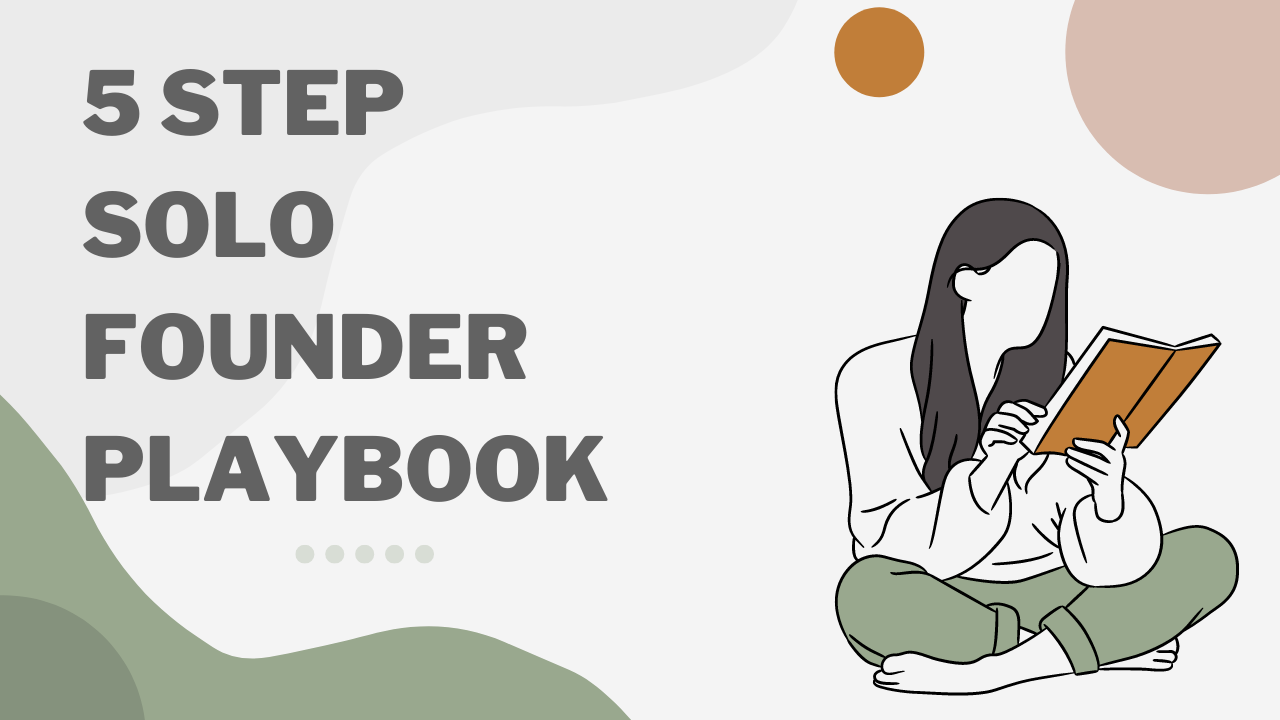💸 3 Examples of how indie hackers raised their prices and found success

Price is one of the most important aspects of any business.
Most indie hackers are terrified of increasing their prices. They worry that they'll scare away customers or that they won't be able to "get away" with charging more.
But the truth is, pricing too low can actually be more harmful than helpful. It can make your product look inferior, or attract the wrong kind of users.
As an indie hacker, you don’t have a sales team at your disposal. If you try to sell a $5/month product you will have to convince 200 people to reach $1000 MRR.
But if you sell a $50/month product, you will only have to convince 20 people to reach $1000 MRR.
It’s best to start small, and raise prices as you get some validation.
Let’s look at 3 examples of solo founders who found success with premium pricing.
1. Jon Yongfook | Bannerbear
Jon made the classic indie hacker mistake of charging $9 a month of Bannerbear when it started.
But it was hard to reach significant revenue at such a low price point.
You have to convince hundreds of people to buy your product even to reach ramen profitability.
So once he had some users and validation for the product, Jon raised the prices to $49 a month and focused on a niche audience - Marketers and designers who want to produce social media and ad creatives on a daily basis.
Bannerbear automates the mundane part of their jobs, so they won’t mind paying a higher price.
Currently, it’s price ranges from $49 to $299 a month. And it’s doing $36K MRR with 450 paying users.
Jon’s sights are set on the $1M ARR goal. Watch this retrospective video he posted recently:
Read the complete story of Jon’s success:

Listen to Jon on the Indie Hackers podcast:
Bannerbear is an open startup, so do check out the numbers behind the scenes: Bannerbear - Open
2. Pieter Levels | Nomadlist
Pieter levels started Nomadlist as a site and community of digital nomads.
He started the community on Slack for free, and had a 1000 people sign up very quickly.
But he started getting spammers inside the community. So he charged a $5 fee.
Pieter kept raising the price to filter out the spammers. This improved the quality of the community and made it worth paying the higher price for.
Today the Nomadlist community has a $100 lifetime cost, and it has 65k+ members.
Pieter followed a similar approach with his other startup: RemoteOK.
Posting a basic job on RemoteOk costs $539.
And the most premium job post with all the features costs $3000+
Today RemoteOK does $76K MRR and Nomadlist does $51K MRR.
He is a great example of how Indie Hackers should approach pricing.
Read Pieter Levels’ story:

Listen to Pieter on the Indie Hackers podcast:
3. Nathan Barry | ConvertKit
Email marketing is a crowded domain with new competitors cropping up every week.
It’s hard to beat the competition in terms of features, or even in terms of pricing. That’s why Nathan Barry has built ConvertKit to be an aspirational product.
He wants to beat the competition in terms of quality.
ConvertKit has great user experience and is focused only on creators, not on enterprises.
The largest player in the space Mailchimp is focused on getting enterprise customers. Mailchimp’s lowest plan starts at $10 a month.
ConvertKit’s lowest plan starts at $29 a month.
Nathan believes that when you’re going for the best quality, you shouldn’t worry about being a little expensive.
According to it’s open startups page, ConvertKit is doing $2.5 Million MRR and they have 40K customers.
Those are great numbers for a bootstrapped SaaS business.
Read Nathan Barry’s story:

Listen to Nathan Barry on the Indie Hackers podcast:
When we’re starting out, it can feel hard to charge our products high.
And that’s okay.
But once you have some validation, your best bet is to go niche and charge a premium for your product.
Even if you can find a few customers, your revenue goals will be met quicker.
ICYMI
Recent posts on Listen Up IH:


Thank you for reading 🙏
Hope you enjoyed this post, do let me know on Twitter.
Every week, I share the most actionable insights and inspiring tips from successful Indie Hackers FOR aspiring Indie Hackers
Ideas + Insights + Inspiration for building profitable internet businesses💪
If you're new, sign up to Listen Up! IH and join 1900+ spirited Indie Hackers who read this newsletter.
Cheers,
Ayush


